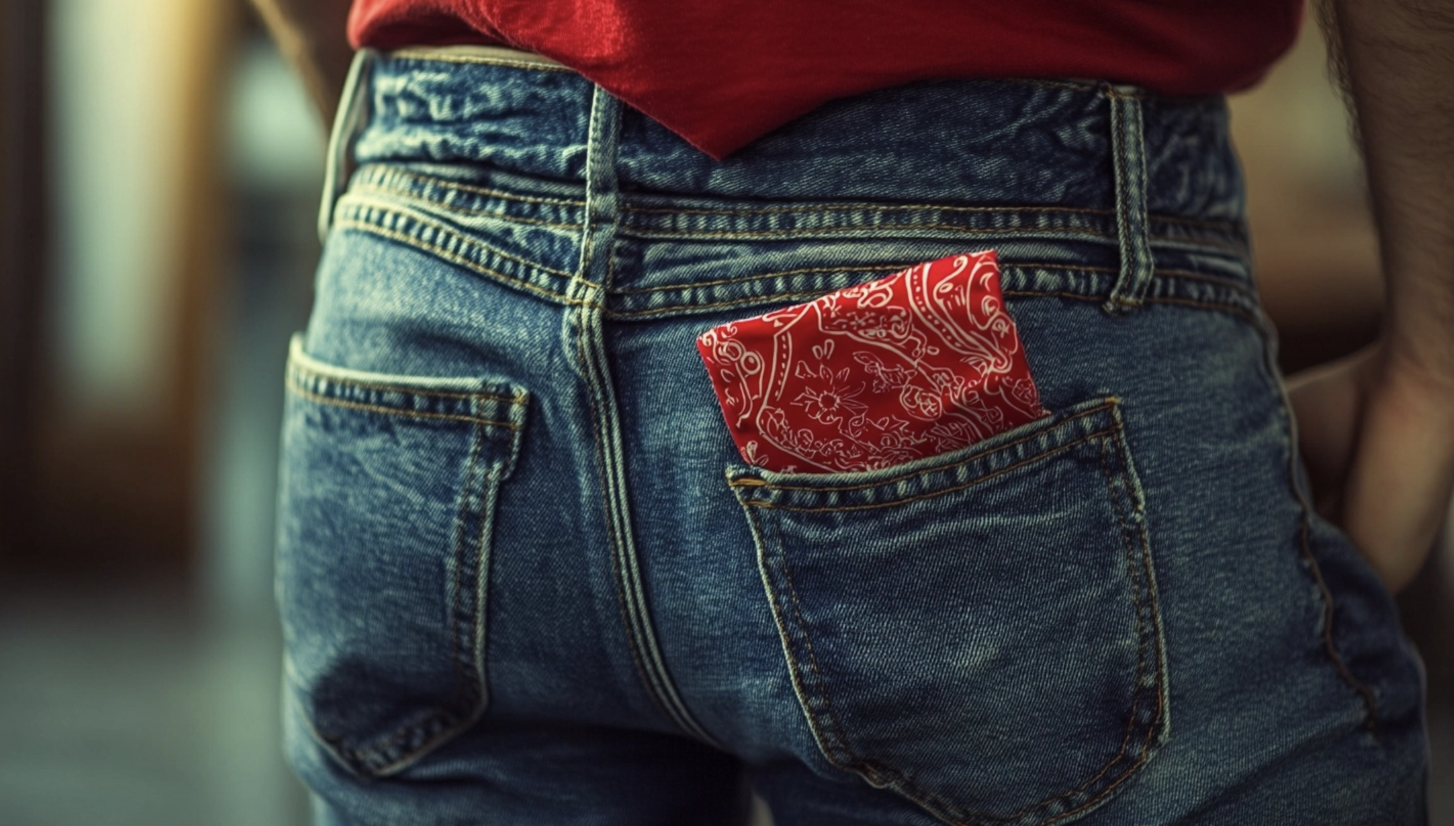In the early afternoon sun of Poblenou, Spain, a store showcases an array of clothing, celebrating unusual textures and distinctive punk-inspired designs. Among the fabrics and styles stands Kai Baikal, an artist from San Francisco who finds themselves in a fashion dilemma after running out of clean pants at the beginning of an extensive two-and-a-half-year journey across 26 countries. The focal point of Baikal's predicament are a pair of purple, fitted and flared jeans that carry with them a rich tapestry of memories and experiences.
A recent study published in the 2023 edition of the Fashion Theory journal by researchers Ana Neto and João Ferreira delves into the emotional connections individuals foster with their long-term clothing. The findings highlight that attachments to clothing can mirror interpersonal relationships, illustrating similar patterns of affection commonly observed in friendships.
Christine Abadilla Fogart, associate director of the Global Museum at San Francisco State University, reckons that clothing holds a unique significance that transcends mere fabric. Speaking to Xpress Magazine, she said, “You make it unique to you, but it also represents the place where you come.” This sentiment echoes through history, with Fogart noting how clothing has evolved from mere protection against the elements into a complex medium of personal and cultural expression.
The museum houses various historical garments, showcasing the emotional resonance they hold within diverse cultures. Fogart adds, “Clothing has been around since humankind,” indicating that the practice of adorning oneself with meaningful fabrics is a practice deeply rooted in tradition. Notably, she highlights 20th-century items like an embroidered Nigerian cap that serves not only as headwear but also as a symbol of identity among the Hausa people.
For Baikal, who became enamoured with the purple jeans upon their initial arrival in Barcelona eight years ago, these pants serve as a poignant reminder of the nomadic life they've chosen. The transformation of these garments from a novel choice to a cherished memento reflects a broader theme of personal attachment to clothing. “It just reminds me of being a nomad and how that all started,” Baikal shared.
Kurt Thomson, currently residing in San Francisco, reflects on his own relationship with fashion. Once a closeted teenager in Australia, he now embraces the very baggy jeans that characterised his youth. At 44, Thomson sees these pants as more than an article of clothing; they embody his liberation. “They’re really important to me,” he said, as he celebrated the revival of ‘90s street style. “As time goes by, I think of it like music and smells…there’s definitely a connection to clothing,” he noted, revealing the nostalgic ties such garments can evoke.
For Haley Posadas, a third-year child development major, a sweater holds significant emotional weight. Passed down through her siblings, this knit garment is a "good luck" charm, forever linked to family values and shared memories. “It’s a sweater, but it reminds me of both of my siblings,” Posadas expressed, emphasising the importance of family in shaping her identity.
Karla Meza-Quezada, another student deeply immersed in her studies, finds comfort in her Doc Martens, which have accompanied her to numerous music festivals over the past five years. “I take them everywhere with me,” Meza-Quezada stated, underlining the boots’ versatility and sentimental value as she navigates her college journey.
Zoee Sexton, a nutrition and dietetics major, cherishes her mother’s colourful turtleneck sweater, which she likens to a piece of her mother to take along as she ventured into her independent life. “My mom is my fashion inspiration, so anything that she gives me I hold really close and tight to my heart,” Sexton remarked, illustrating the connections that fashion can forge between generations.
Source: Noah Wire Services
